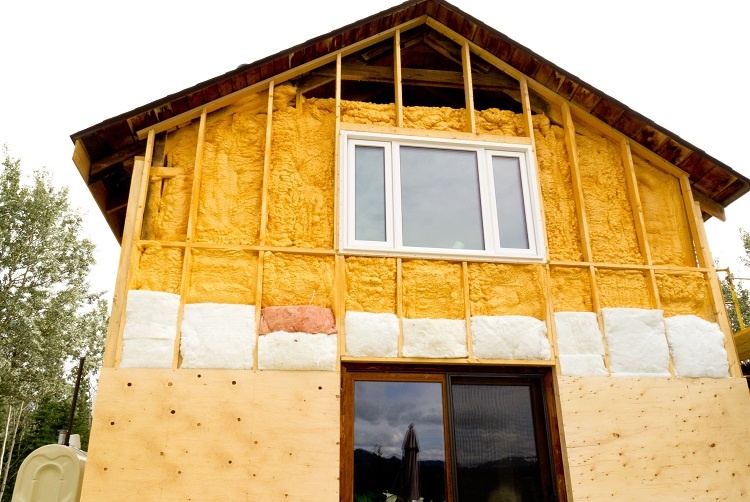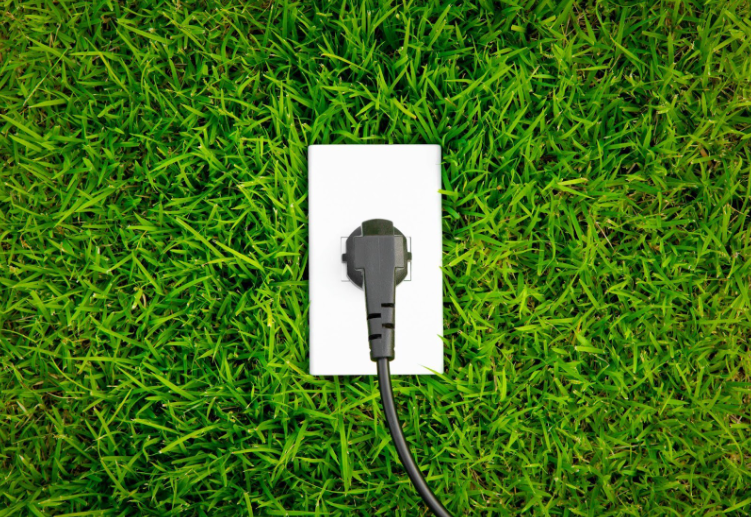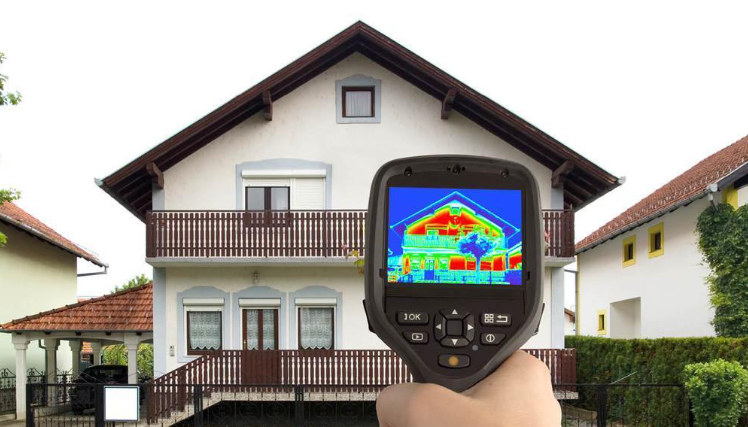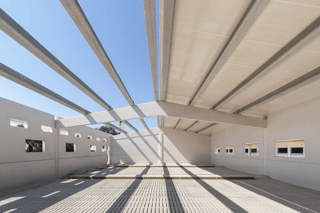Polyurethane foams are used daily in many forms at the home, the office or on leisure and sports facilities. This widespread use is due to the excellent thermal performance and airtightness achieved with sprayed polyurethane foam insulation.
Polyurethanes are versatile, modern and safe. They have an enormous range of applications to all building types, industrial products and basic consumables to make our life more convenient, comfortable and environmentally friendly. The list of applications is long and continues to expand, because it's a highly versatile material.
The reasons to use polyurethane
The durability of polyurethane is accompanied by its sustainability that offers comfort and additional protection to our lives. We have listed five reasons below:
- Sustainability. The way polyurethanes save natural resources by reducing the need to consume more energy.
- Comfort. The several ways polyurethanes contribute to the comfort of our lives, in the furniture and insulation markets that contribute to making buildings more thermally efficient.
- Versatility. The wide range of polyurethane applications. By the enormous adaptability, availability and ability to be recycled, which makes it a preferred material for many industries.
- Protection. The wide range of benefits and protective effects of polyurethanes, from its insulating efficiency, to its use in cars.
- Durability. The ability of polyurethane products to keep their efficiency over time. The durability of polyurethane will depend on the application and the use given to the product.
Buildings’ durability as a basis for their sustainability
Assessing the durability in a building's design allows us to assess the estimated life and to achieve a low maintenance cost of a property, which is both an economic and environmental benefit. Therefore, using durable products in a building improves its performance and comfort levels.
For example, by limiting air infiltrations and providing high levels of fabric insulation, the correct functioning of the facilities and a better indoor air quality are achieved.
To achieve a sustainable construction we must provide stability, sealing, comfort and durability, these attributes that are particularly relevant in highly energy efficient buildings.
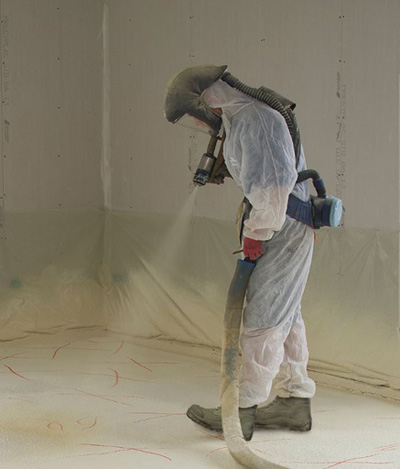
The case of sprayed polyurethane foam: polyurethane durability
Due to its application technology and the benefits it provides, sprayed polyurethane foam contributes to all the factors described above:
- Comfort. The low thermal conductivity places sprayed polyurethane foam insulation as a leading contributor to the insulation of the building envelope.
- Stability. The adhesion achieved with sprayed polyurethane foam adds strength to the building envelope and provides stability to the structure. This is especially relevant in the renovation of buildings, where walls were built with the construction techniques of the period and have suffered the ravages of time.
- Sealing. The waterproof nature of polyurethane foam and sprayed polyurethane foam technology produce a "sealing effect" which prevents air leakage, while their permeability allows diffusion of water vapour through the foam, both factors guarantee comfort, energy efficiency, indoor air quality and the health of the envelope of the building.
- Durability. The cellular structure of polyurethane foam ensures that its performance will remain unchanged with the passage of time. Unaffected by humidity effect it will not lose its physical stability, ensuring durability of the insulated elements for the lifetime of the building.

